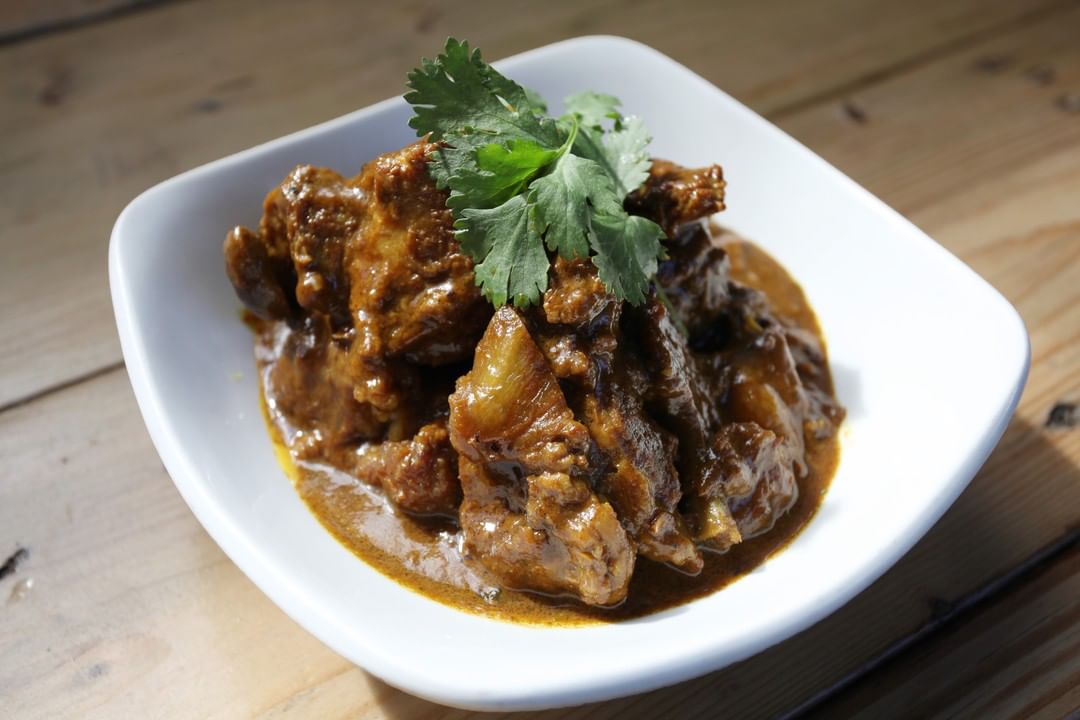5 FILIPINO DISHES YOU HAVE NEVER HEARD OF
Cuisine in the Philippines varies from region to region and tend to be influenced by the resources and products from that area. It is interesting to note that food from the Philippines has also been shaped by its deep history of being colonised and occupied by Spain, US, Japan, even China. The migration of the people into Philippines from the neighbouring countries, as well as the rich trading between them, has also moulded the cuisine around the islands.
That’s why you’ll find that the cuisine from Mindanao can be much richer with exotic spices, as delicacies from this southernmost part of the Philippines, are heavily influenced by the surrounding Malay archipelago such as Indonesia, Malaysia and Brunei. The same way that in the Visaya region which is surrounded by water, the plates from those islands are abundant with seafood. In the north, as they predominantly focus on agriculture, their specialities are in the vegetables they farm but with some more Spanish and Japanese influences. However, in recent years with the rise of OFW’s in the Middle East, there have been many Arab-influenced dishes and chains popping up around, demonstrating the range of the Filipino people’s palette.
As the cuisine from Mindanao receives the least coverage, we thought we’d show them some more love and appreciation with 5 Filipino dishes you may have never heard of. Read the article below to find out more!
The hidden gems in Filipino cuisine
Beef Kulma
A Beef Kulma originates from the Tausug people, a Muslim ethnic group in Mindanao. The dish closely resembles and sounds like a Korma. However, what makes this dish a Mindanao speciality, is that it can be described as being a combination of the Filipino peanut-based Kare-Kare stew and coconut-based beef curry (as referenced by angsarap). A fusion of the two creates this spicy peanut beef novelty in Mindanao.
This dish was recently an Eid speciality at Bintang but has been one of our highly requested mains since. Stay tuned on our IG @bintang_restaurant as it might have a permanent place on our menu soon.
Bintang’s Beef Kulma
Filipino Rendang
Rendang is usually known as an Indonesian speciality but the Philippines also have a variant of this dish in Mindanao. A Filipino rendang is a spicy coconut milk beef stew. This dish a lot saucier than the drier Indonesian classic and the method of cooking this rendang is similar to the method of cooking adobo. However, there is no one way to cook an adobo as it too also varies depending on the district, so some may like theirs drier whilst some cook it with a soup-like consistency.
At Bintang: the Filipino rendang is one of our most popular mains, as it is a slow-cooked curried lamb on the bone with coconut and lemongrass, and a little more on the saucier side.
Bintang’s Filipino Lamb Rendang
Satti de Zamboanga
Photo referenced from Wazzuppilipinas
The Satti resembles a Malaysian and Indonesian satay but is a portion of breakfast food in Zamboanga, Mindanao. It is made of 3 small pieces of meat which are skewered and grilled as is done with bbq. The satti is served with rice balls and a sweet and spicy soup-like sauce, also known as sambal soup.
Read more about this Zamboangan speciality on Wazzuppilipinas or watch how it is made on the street of the Philippines on pinoyhowto below.
Beef Brisket Sisig
Originally the sisig originated from Pampanga in north - central Philippines, as a vinegary salad of pork and papayas seasoned with calamansi. The recipe has been refined and popularised over the years by Lucia "Aling Lucing" Cunanan from Angeles City, Pampanga.
At Bintang: The Beef Brisket Sisig is chopped cured beef brisket, sautéed with chicken liver pate, ginger, chillies and topped with a fresh fried egg to be mixed. Making it a Filipino dish you’ve never technically heard of, so we’ll let this one slide.
Read more about our Beef Brisket Sisig, here.
Bintang’s ever popular, Beef Brisket Sisig
Buko Suka Manok
Literally translating to coconut vinegar chicken, this may not be a traditional Filipino dish in itself but it sure does encompass the palette of the Philippines and especially the island of Mindanao.
A Bintang Restaurant original and created by chef owner, Omar Shah. The Buko Suka is fashioned with crispy toyomansi marinated chicken thighs, doused with sea salt & pinakurat (which is a Philippine novelty that is coconut vinegar). As Filipinos, you know how important vinegar is to us! The Buko Suka is also topped off with charred spring onions and sour cream, sundried tomato oil and sumac on roti bread.
Bintang’s Buko Suka
Pinakurat. Photo from Akabanebusan
Halal Filipino restaurant in London
Mindanao is the southernmost region of the Philippines and has the largest native Muslim population. You’ll find that some of the dishes listed above are not only a speciality of Mindanao but of the native Moro people. The Moro’s ancestors immigrated from the Malay peninsula and Arab countries (read more about the ‘Moro’ people here), hence why you might’ve noticed some similarities from the neighbouring countries.
Read more about Bintang Restaurant on Halal Gems here.
Being the only 100% Filipino Halal restaurant in Europe, at Bintang, we’re celebrating the diversity of Filipino delicacies by bringing them to the table. Our Bintang version of the dishes listed above, as well as the other Philippine-inspired mains and sides we have on our menu, are all halal certified so that everyone can relish in the variety of food from the Philippines and its culture.
Watch our recent Bintang Restaurant mukbang and make sure to watch and subscribe to our YouTube channel @Maginhawa.
So reserve your table now and come on over to 93 KENTISH TOWN ROAD, NW1 8NY to try some Filipino dishes as you’ve never before!










